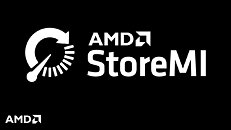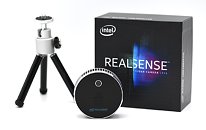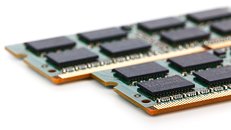
Apple's A12Z SoC Features the Same A12X Silicon
With an introduction of new iPad Pro tablets, Apple has brought another new silicon to its offerings in the form of A12Z SoC. Following the previous king in tablet space, the A12X SoC, Apple has decided to update its silicon and now there is another, more advanced stepping in form of an A12Z SoC. Thanks to the report from TechInsights, their analysis has shown that the new SoC used in Apple's devices is pretty much the same compared to the A12X SoC of last year, except the GPU used. Namely, the configuration of A12X is translated into the A12Z - there are four Apple Vortex and four Apple Tempest cores for the CPU. There is a 128-bit memory bus designed for LPDDR4X memory, the same as the A12X.
What is different, however, is the GPU cluster configuration. In A12X there was a cluster filled with 7 working and one disabled A12-gen GPU core. In A12Z SoC all of the 8 GPUs present are enabled and working, and they are also of the same A12 generation. The new SoC is even built using the same N7 7 nm manufacturing process from TSMC. While we don't know the silicon stepping revision of the A12Z, there aren't any new features besides the additional GPU core.
What is different, however, is the GPU cluster configuration. In A12X there was a cluster filled with 7 working and one disabled A12-gen GPU core. In A12Z SoC all of the 8 GPUs present are enabled and working, and they are also of the same A12 generation. The new SoC is even built using the same N7 7 nm manufacturing process from TSMC. While we don't know the silicon stepping revision of the A12Z, there aren't any new features besides the additional GPU core.





























